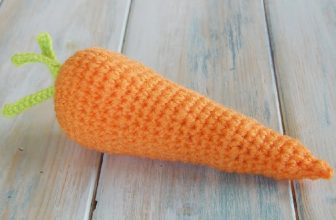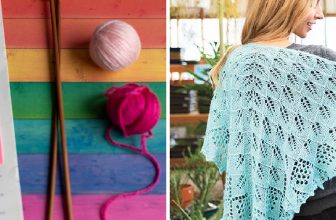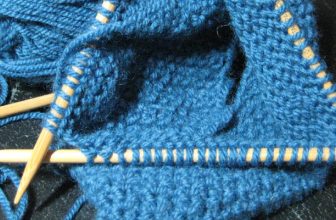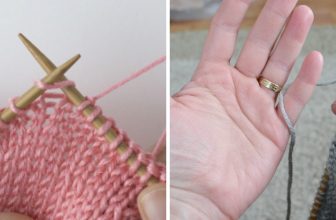How to Knit Seed Stitch
Knitting is an enjoyable and rewarding activity, one that provides the opportunity to create beautiful keepsakes and useful items with your own two hands. Seed stitch is a popular go-to pattern for knitters of all levels due to its versatility; it can be used for knitting whole garments or accents within larger projects, and looks great in any yarn weight or colorway you choose! In this blog post, we’ll break down the seed stitch technique step-by-step on how to knit seed stitch!

If you’re just starting out in the world of knitting, then seed stitch may be a great pattern to try your hand at. Seed stitch is a fairly simple, attractive, and versatile build that can easily form shapes and lines. With its distinct texture and look, it’s ideal for adding something extra-special to any knit project you take on! In this blog post, we’ll cover everything from how to understand the basics of seed stitch to mastering advanced techniques. So, grab those needles & get ready – let’s explore all things seed stitch!
Why May You Want to Knit Seed Stitch?
1. To Create a Textured, Attractive Pattern
One of the main reasons you may want to knit seed stitch is to create a textured and attractive pattern. The unique look of this stitch sets it apart from the more basic knit and purl stitches. It has a lot of visual appeal, making it perfect for creating stylish garments like sweaters, scarves, hats, or other accessories.
2. To Add Dimension to Items
The seed stitch also adds a lot of dimension to finished items. Its texture can make any project look more complex and interesting, and it will give your garments an extra layer of depth. This is perfect for people who want their knitted projects to stand out from the crowd.
3. To Get More Practice With Different Stitches
Knitting seed stitches is also a great way to practice different stitches and get more comfortable with the basics of knitting. It’s a fairly simple stitch to master, so it’s perfect for beginner knitters who want to start building their skills. Even experienced knitters can benefit from practicing the seed stitch in order to brush up on their technique.
No matter what your skill level, the seed stitch is a great technique to add to your repertoire and can help you create beautiful and unique garments. It’s a versatile stitch that can be used for many different projects, so give it a try!
How to Knit Seed Stitch in 6 Easy Steps
Step 1: Gather All The Materials
The very first step is to gather all the necessary materials that you need to knit seed stitch. You will need a pair of knitting needles, yarn of your choice, and scissors.
Step 2: Cast On Your Stitches
Using your chosen yarn and knitting needles, cast on an even number of stitches onto one needle. It’s important to make sure you have an even number of stitches so the pattern will come out correctly.
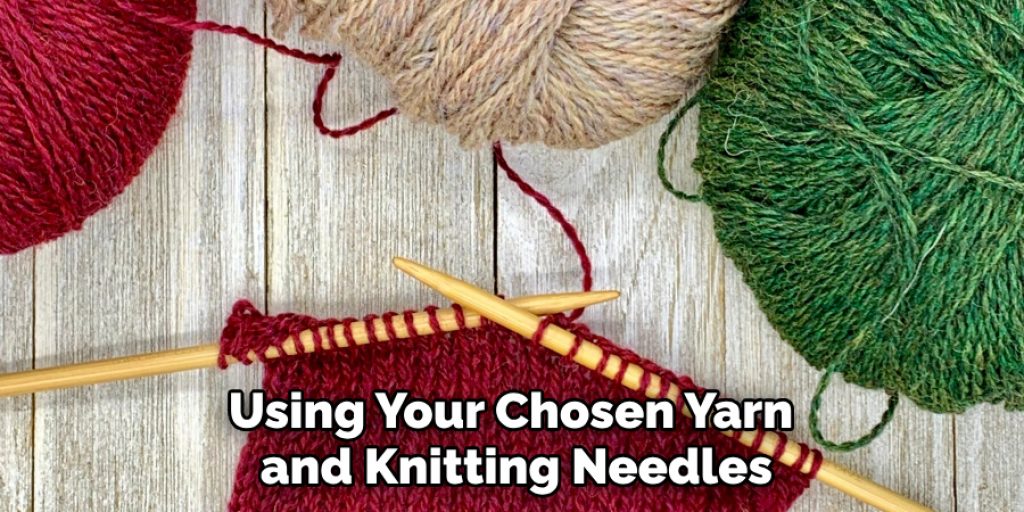
Step 3: Knit The First Row
On the first row, knit one stitch and purl one stitch until you reach the end of the row. This should result in a checkerboard pattern with alternating knits and purls when complete. Also, make sure to knit the last stitch of the row.
Step 4: Purl The Second Row
On the second row, begin by purling one stitch and knitting one stitch until you reach the end of the row. Again, make sure to knit the last stitch of this row. This will create a pattern similar to the first row.
Step 5: Repeat The Pattern
Continue to alternate between knitting one stitch and purling one stitch on each row, starting with either a knit or purl, depending on the previous row. Keep repeating this pattern until you have reached your desired length.
Step 6: Bind Off Your Stitches
Once you’ve reached your desired length, it’s time to bind off your stitches. Cut the yarn and draw through the last stitch with a tapestry needle. Pull the tail of yarn tight to secure the last stitch and weave in any remaining ends.
And that’s all there is to it! With just these 6 easy steps, you can learn how to knit seed stitch in no time. happy knitting!
Some Extra Tips to Knit Seed Stitch
1. Do Not Pull the Loops Too Tight
When working this stitch, it is important that you keep your tension even and not pull the loops too tight. If the stitches are pulled too tightly, they will become distorted and difficult to unravel or undo later on.
2. Use the Long Tail Cast On Method
To make sure that all your stitches have a consistent length, use the long tail cast-on method when beginning your project. This will ensure that all of your loop lengths are even from the start, which can help to prevent inconsistent tension in the finished product.
3. Take Breaks and Check Your Work Regularly
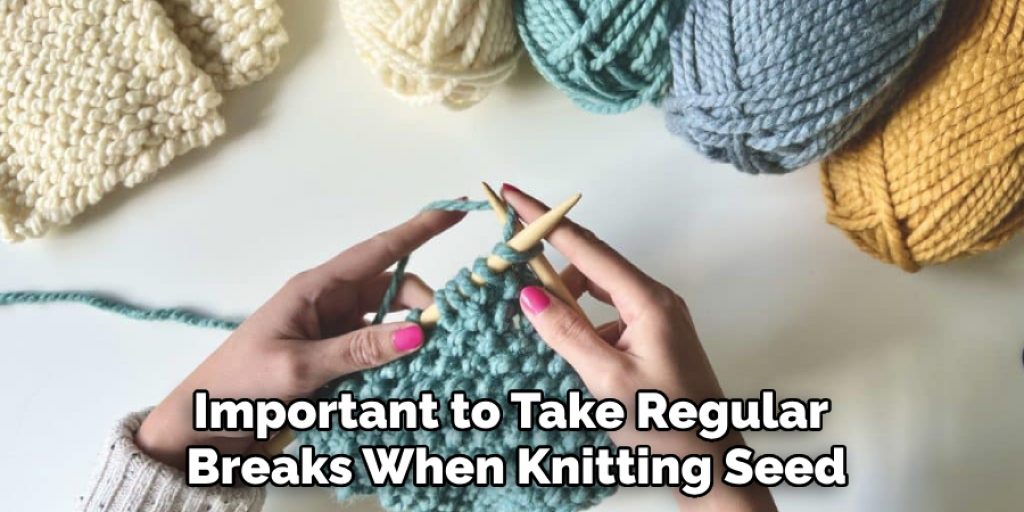
It is important to take regular breaks when knitting seed stitches as it requires concentration and focus. Additionally, checking your work from time to time is a good idea as it will help you catch any mistakes that may have been made.
4. Use Sharp Needles
Using sharp needles when knitting seed stitches can help to ensure that the stitches are worked evenly and correctly. Additionally, sharp needles also make the job of pulling out any mis-knits much easier.
5. Practice Makes Perfect
As with any skill, the best way to improve your knitting skills is by practising often. Experimenting with different patterns and trying out new techniques will help you to become a better knitter in no time.
By following these tips, you should be able to learn how to knit seed stitch quickly and easily. With enough practice, you’ll soon find yourself creating beautiful projects with this classic knitting stitch. Good luck!
Frequently Asked Question
What Precautions Should I Take When Knitting Seed Stitch?
When knitting seed stitches, it is important to take care to ensure that each and purl stitch is worked. Be sure to pay attention to the pattern of stitches you’ve already worked so that you don’t inadvertently miss a row or mess up the pattern. Additionally, if your tension is off, it will be more difficult to get an even seed stitch pattern.
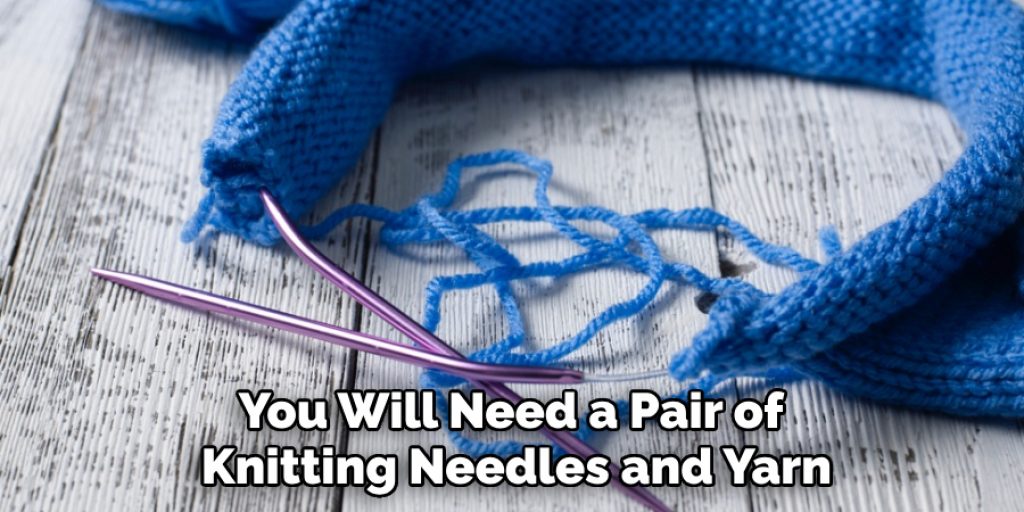
What Materials Are Needed To Knit Seed Stitch?
In order to knit seed stitch, you will need a pair of knitting needles and yarn in the weight appropriate for your project. You may also want to use a row counter so that you can keep track of how many rows you have completed.
How Long Does It Take To Knit Seed Stitch?
The amount of time needed to knit seed stitch will vary depending on the size and complexity of your project. Generally speaking, it should take between 30 minutes and an hour to complete one 8-row repeat of the pattern. Additionally, if you are working a larger project with more rows or stitches, it will take significantly longer.
What Are the Benefits of Knitting Seed Stitch?
Knitting a seed stitch is a great way to create a textured pattern with lots of visual interest. It can be used to add texture and dimension to any project, from hats and scarves to sweaters and blankets. Additionally, the texture created by seed stitches makes them highly versatile and can be used in a variety of projects. It is also easy to learn and master, making it a great choice for beginners.
What Is the Difference Between Seed Stitch and Moss Stitch?
Seed stitch and moss stitch are similar in that they both have an alternating pattern of knit and purl stitches, but there is a subtle difference between them. In seed stitch, each row begins and ends with a purl stitch while in moss stitch, each row begins and ends with a knit stitch. This difference creates a slightly different texture when compared side by side.
Can I Use Seed Stitch for Other Types of Projects?
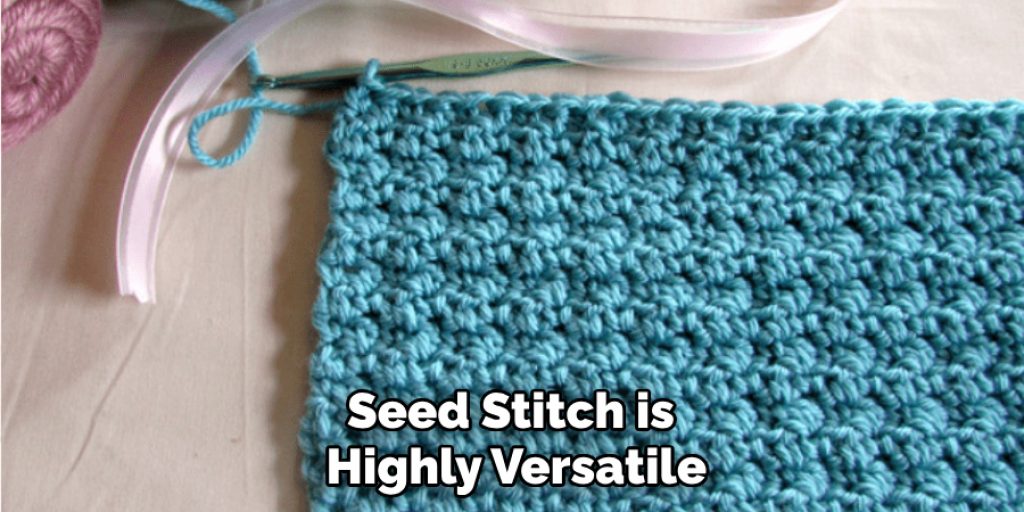
Yes! Seed stitch is highly versatile and can be used for many types of projects, from hats and scarves to sweaters and blankets. Additionally, it can be used as an edging or trim on any project for a more decorative effect. Finally, it can also be used in lace patterns for a unique look.
Conclusion
Congratulations, you have now completed a row of seed stitch. Adding to your repertoire of knitting stitches will help take your skills to the next level! Whether you’re making a scarf for colder months or a blanket as a gift, this stitch is one way to add texture and show off your knitting abilities. Once you get the hang of it, you can move on to more complicated designs and become an even more experienced knitter.
Now you know how to knit seed stitch! Don’t be afraid to experiment to create beautiful pieces. Take pleasure in your needlework creations while showing that handmade items are still alive today! Knitting is an enjoyable activity that can affect positive mental health by reducing stress levels while allowing you to express your creativity. So sit back, relax, and make something with the seed stitch!

